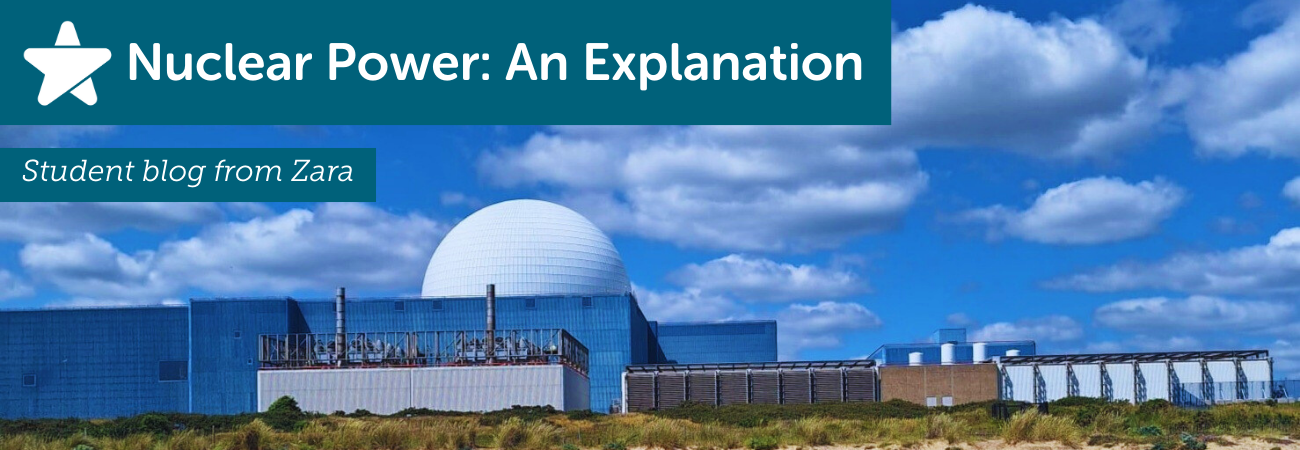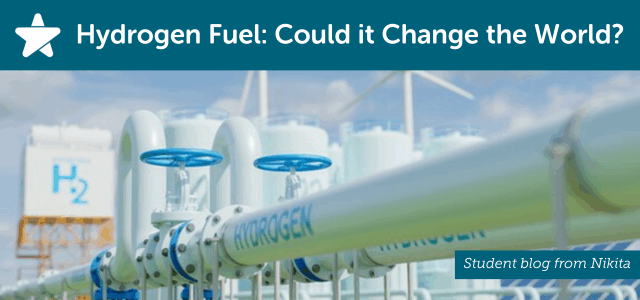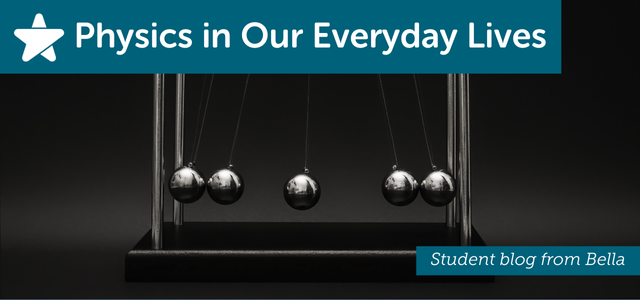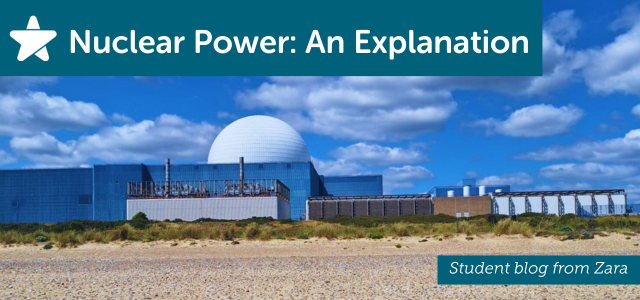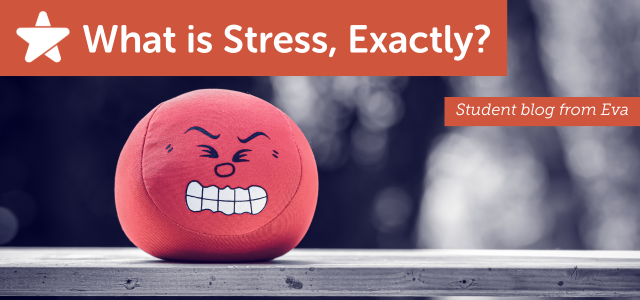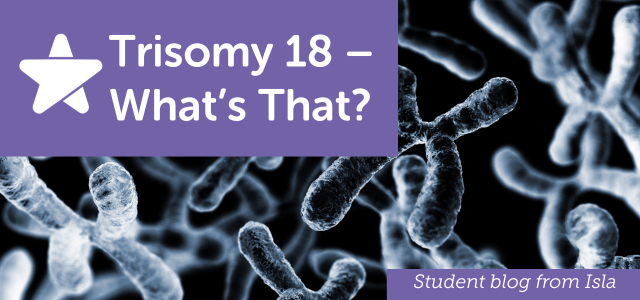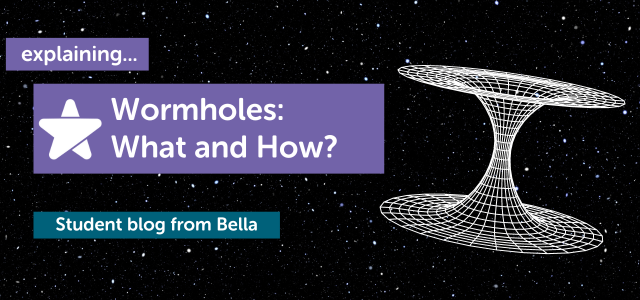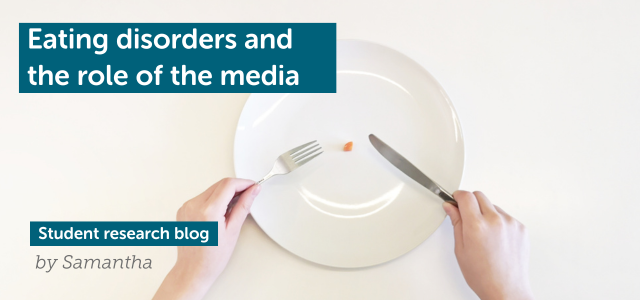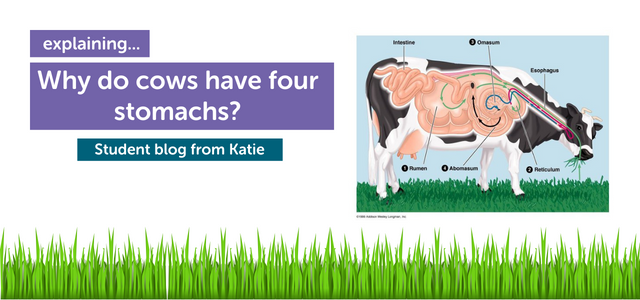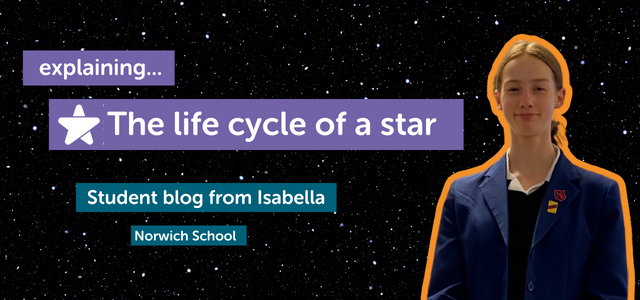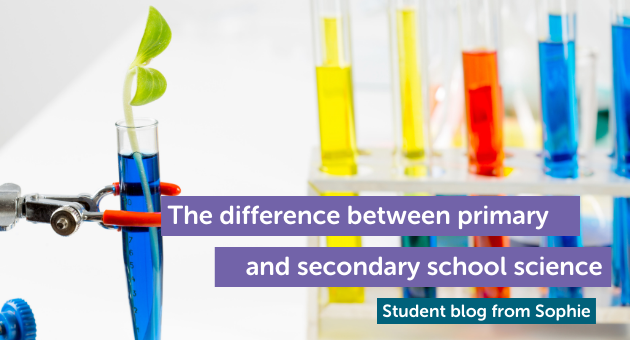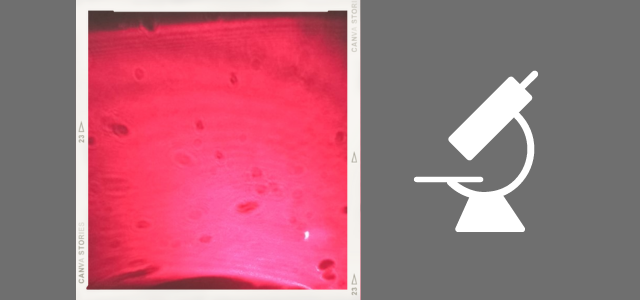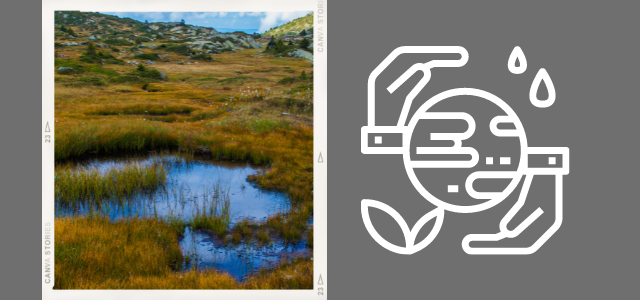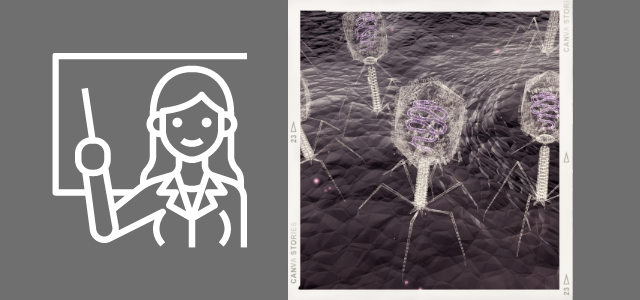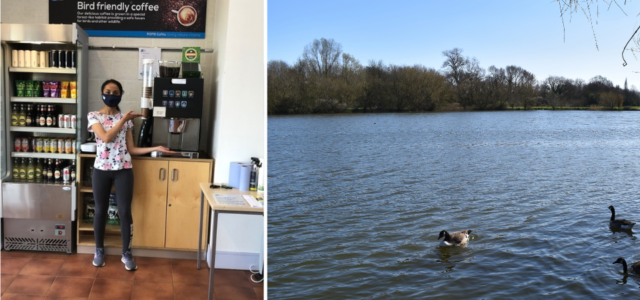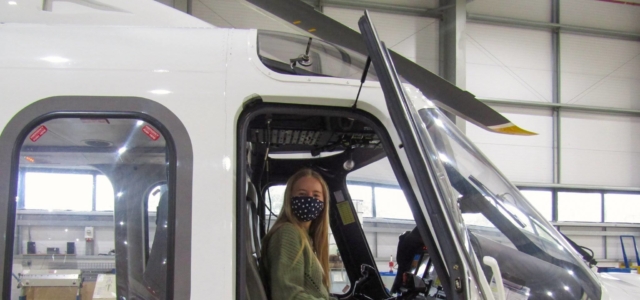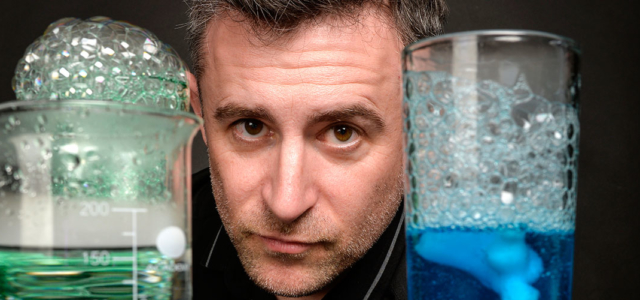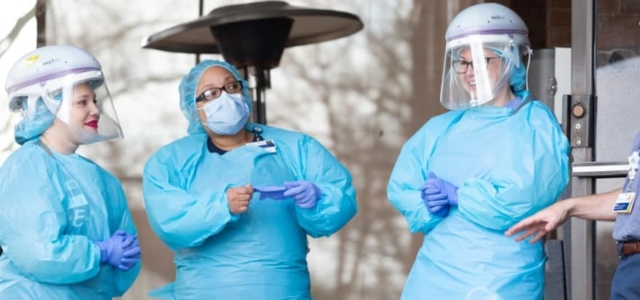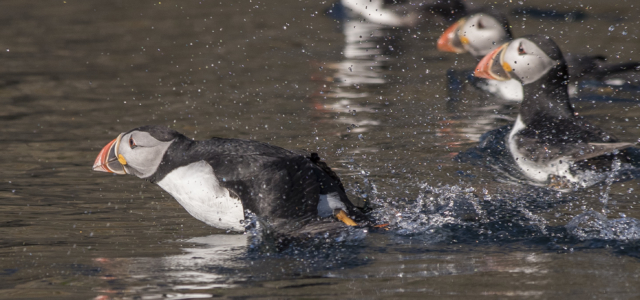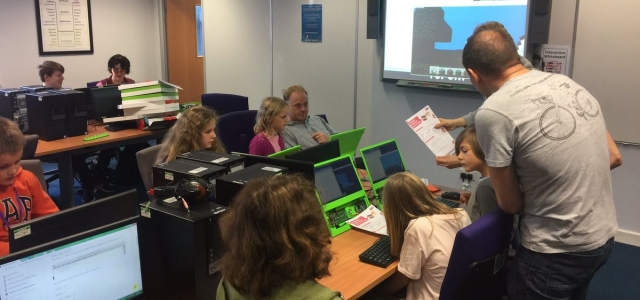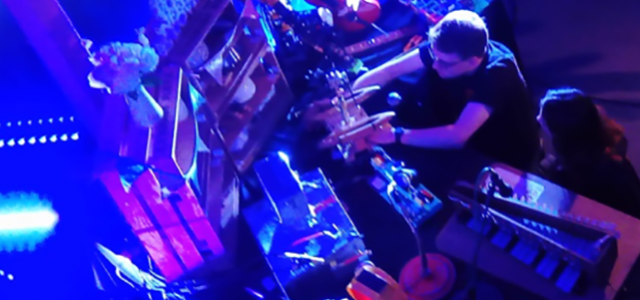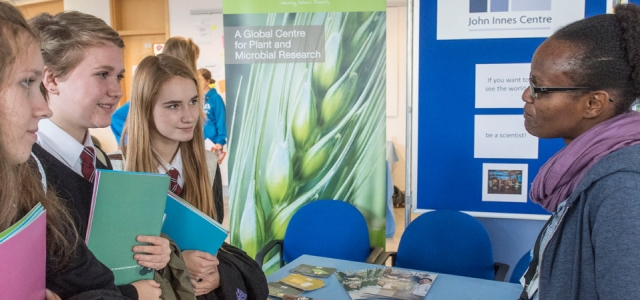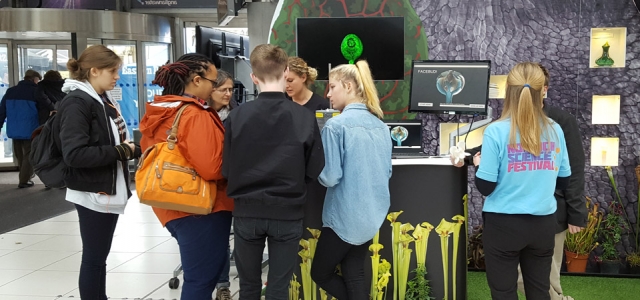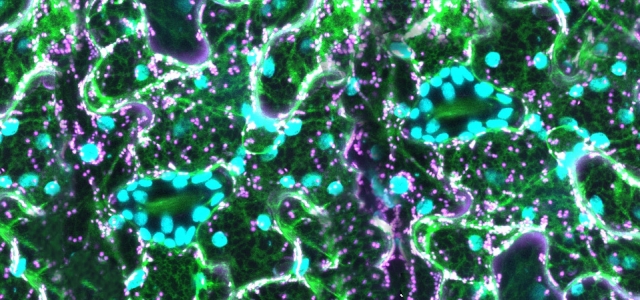Nuclear power has been a sensitive topic for many years. Its uses include generating electricity, powering naval vessels, and even in medical treatments, but it also carries potential risks. In this blog, Youth STEMM Award participant Zara explains the science behind nuclear power and its various applications. Read on to learn more…
Perhaps surprisingly, as much as 16.1% of the electricity generated in the UK in 2020 was from nuclear power. As of 2022, there are 9 different operational nuclear reactors within the United Kingdom, with several more on the way. But what is nuclear power? How does it work?
Advanced Gas-cooled Reactors
Eight of our nine reactors are Advanced Gas-cooled Reactors (AGRs), which work by launching neutrons at the enriched uranium dioxide pellets used as fuel. This releases thermal energy in a fission reaction. The thermal energy heats up water that boils into steam which turns a turbine, similar to that of a coal-powered generator. Control rods are there to absorb excess neutrons and control the reaction, preventing it from melting down. Also protecting the reactor is coolant, Carbon dioxide, which was designed to leave the reactor at an average temperature of 648 degrees Celsius, after having cooled the core of the reactor.
Pressurised Water Reactors
Pressurised Water Reactors (PWRs) are another form of nuclear reactor found in the UK. There is only one: Sizewell B, located on the Suffolk coast. PWRs work by having water, the primary coolant, pumped at high pressure around to the reactor core, where it is heated by nuclear fission. It then transfers the thermal energy to the low-pressure secondary water system, where the water is heated into steam and turns a turbine, allowing the energy to be harnessed.
What is a fission reaction and why is it used?
A fission reaction is a reaction where the nucleus of an atom “splits into 2 or more smaller nuclei,” as stated by Wikipedia, which releases vast amounts of energy as well as particles called gamma photons. These vast amounts of energy can be harnessed for our own use in a controlled environment such as that of the reactor.
Are there any negatives?
Nuclear energy is incredibly expensive. First, the power plant must be built, an incredibly costly process, as there are many safety regulations. Then, the fuel must be transported, stored and used safely in a contained environment. Once the fuel is used, remaining fuel and products of the fission must be securely kept, ensuring that nothing leaks or releases harmful radiation or matter into the atmosphere. There are also the costs of maintaining the power plant which enables safe energy generation to occur, as well as the cost of the time and labour it takes to construct one of these reactors.
What can happen if things go wrong?
Many people look to past disasters, such as the Chernobyl or Fukushima incidents, or at the use of atomic weapons and think – ‘surely such things are too unsafe for the generation of electricity’. And whilst those disasters should not be ignored, technology has improved so that workers know what to do in the event of an emergency. The International Atomic Energy Agency has set guidelines and training for any events which they determine to be an emergency, named the “Severe Accident Management Programme.” This, as well as set protocols mean that life threatening incidents are kept to a minimum, with many actions being taken to prevent any catastrophic events such as a meltdown.
An example of when things go wrong.
A perfect example of the events that take place after a catastrophic nuclear incident is Chernobyl. After 38 years, the area has been taken over by the wildlife which remained after most humans had left, not long following the disaster. Many of these animals are said to have altered genetics as a result of the long-term exposure to radiation; with many examples of different amounts of limbs, extra or fewer ribs, and extra heads, as well as many other differences reported on farms in the years following the event. The power plant itself remains dangerous with high levels of radioactivity in certain places, such as the ‘Elephant’s Foot’. The ‘Elephant’s Foot’ is a mangled mass of corium, a material comparable to some sort of radioactive lava, that formed below the reactor after melting through the concrete and into the basement. In 2016, the plant was encased in a large structure known as the new safe confinement, which was built as a more permanent option than the sarcophagus, a short-lived container that existed to prevent large amounts of radioactive particles from escaping. It also meant the other 3 reactors could stay operational. Reactor 2 was shut after a fire in 1991, reactor 1 decommissioned in 1996 and reactor 3 finally closed in 2000, signifying the end of the Chernobyl powerplant.
What does the future look like for nuclear power stations?
In Scotland, there will be no further power stations due to the Scottish Government’s decision to oppose nuclear power, however, according to a BBC article from 2022, up to eight nuclear reactors could be approved for further planning and construction in a variety of locations. The government has outlined that they want to increase energy independence and that these power plants could make this possible, along with a selection of renewable energy sources, such as wind and solar power. This article also states that the government would like to approve a new reactor every year until 2030, with “the aim to have them up and running by 2050.”
References:
Nuclear power in the United Kingdom: https://en.wikipedia.org/wiki/Nuclear_power_in_the_United_Kingdom
Advanced Gas Cooled Reactor: https://en.wikipedia.org/wiki/Advanced_Gas-cooled_Reactor
Pressurised Water Reactor: https://en.wikipedia.org/wiki/Pressurised_water_reactor
Nuclear Fission: https://en.wikipedia.org/wiki/Nuclear_fission
Chernobyl Disaster: https://en.wikipedia.org/wiki/Chernobyl_disaster#Environmental_impact
Energy strategy: UK plans eight new nuclear reactors to boost production – Analysis by Roger Harrabin: https://www.bbc.co.uk/news/business-61010605#:~:text=Nuclear%20-%20The%20government%20plans%20to%20reduce%20the,nuclear%20reactors%2C%20including%20two%20at%20Sizewell%20in%20Suffolk.
International Atomic Energy Agency – Severe Accident Management: https://www.iaea.org/topics/severe-accident-management

